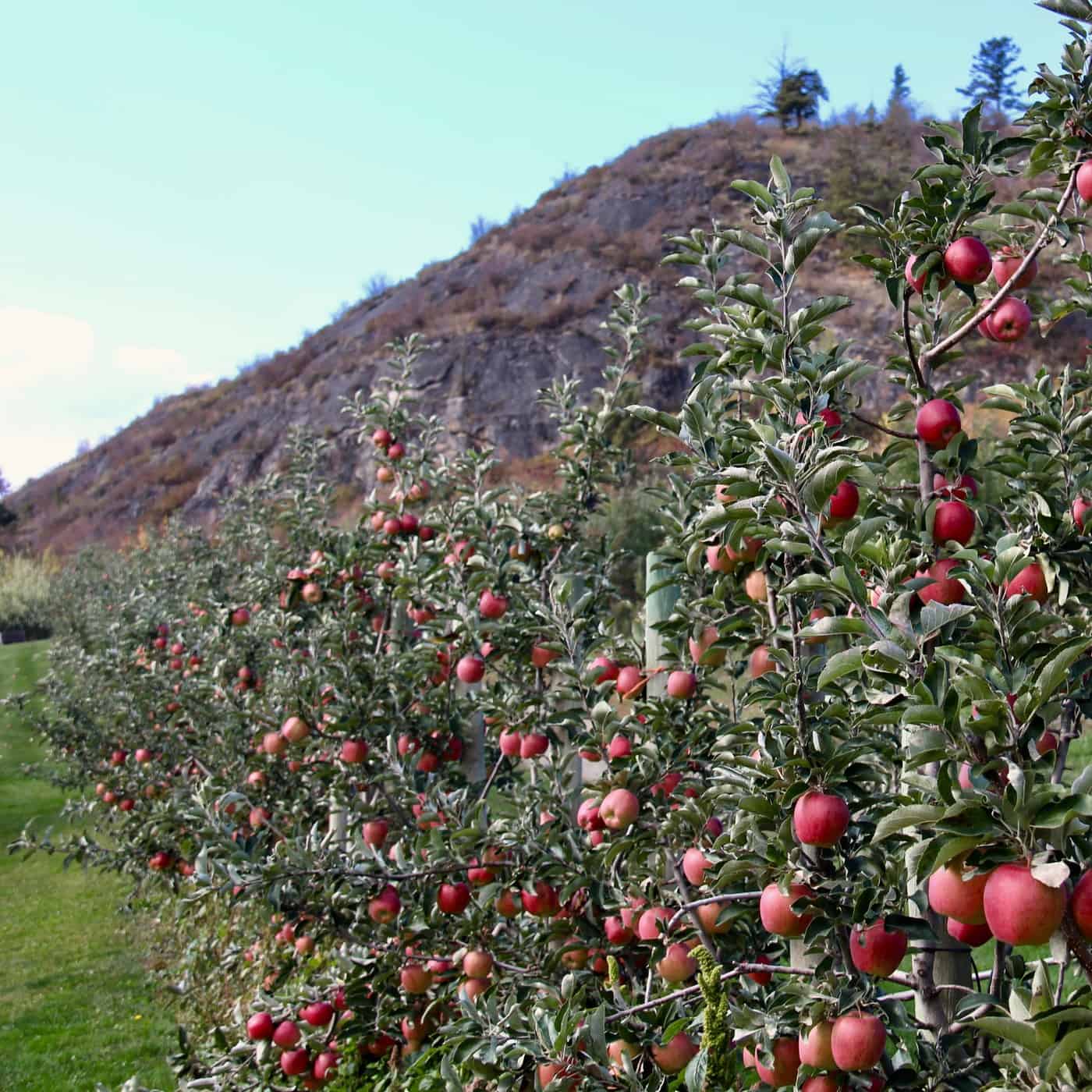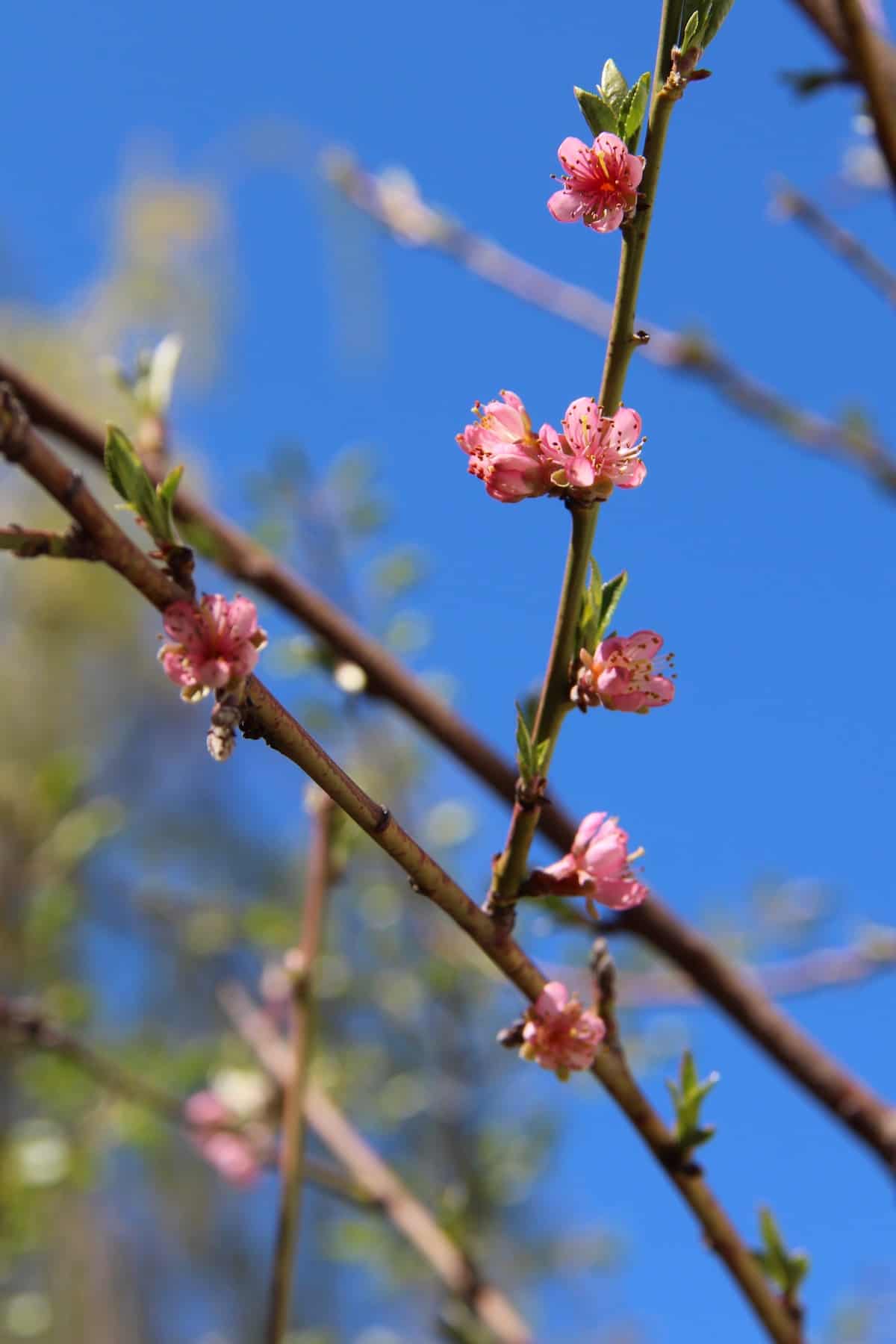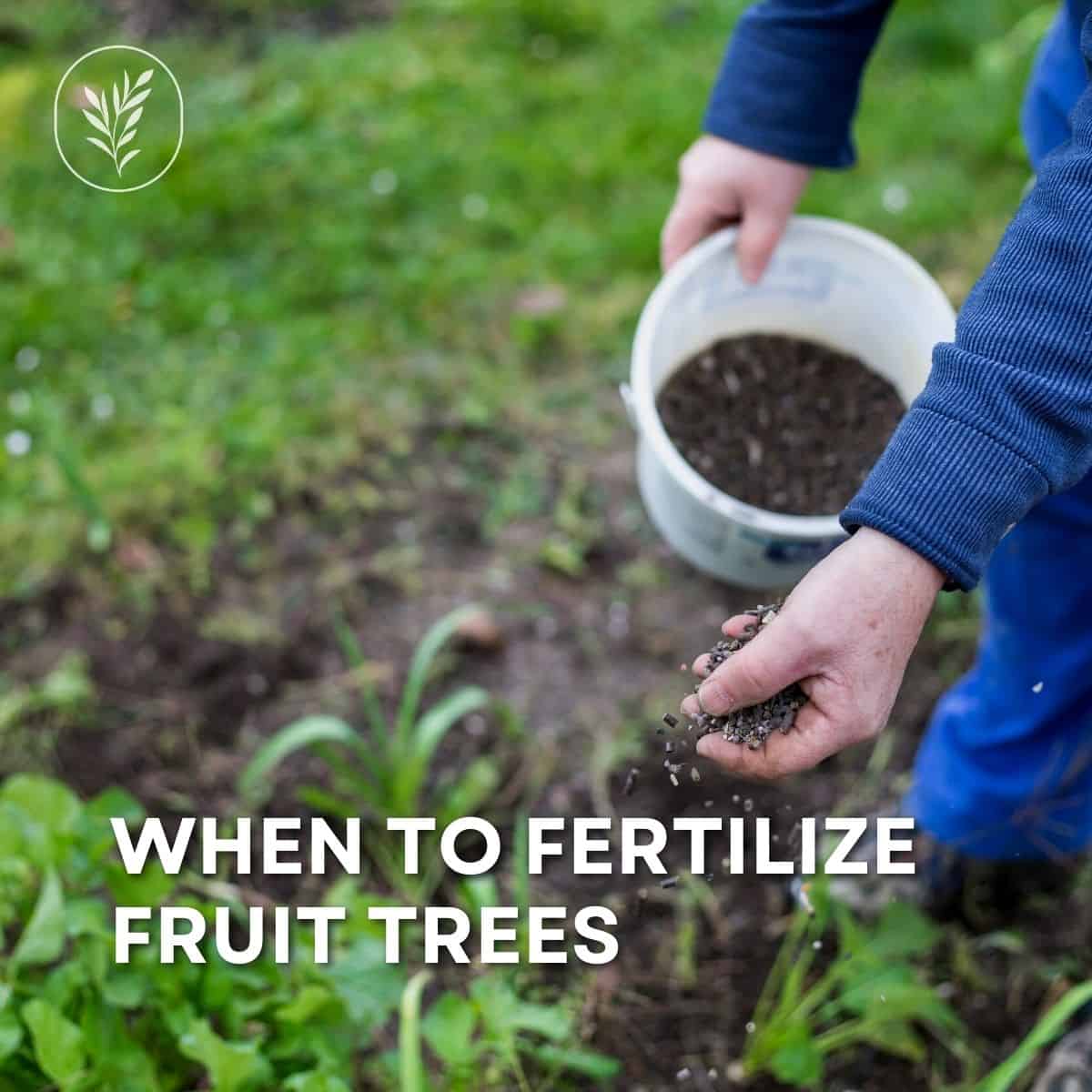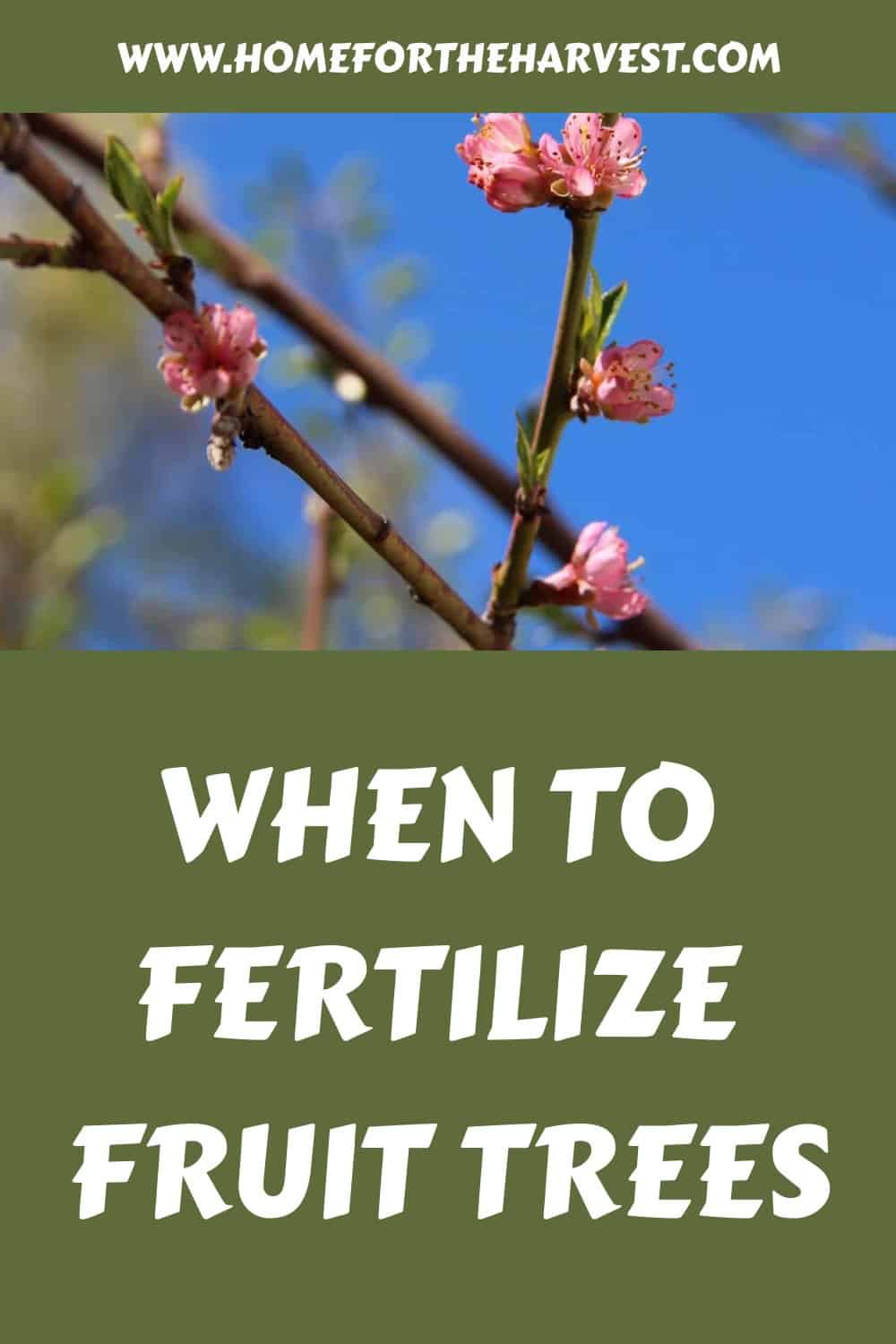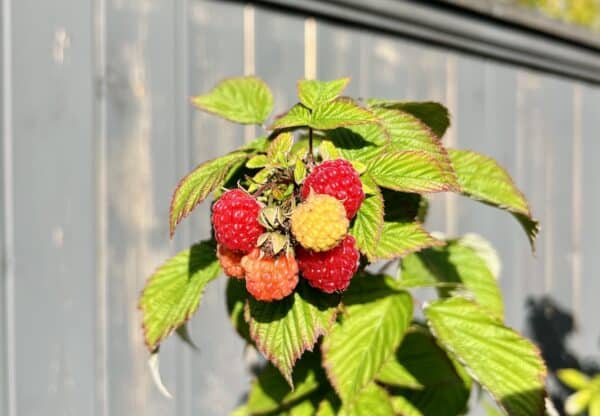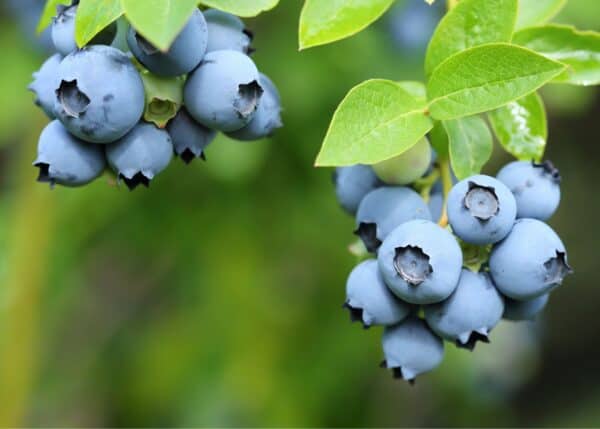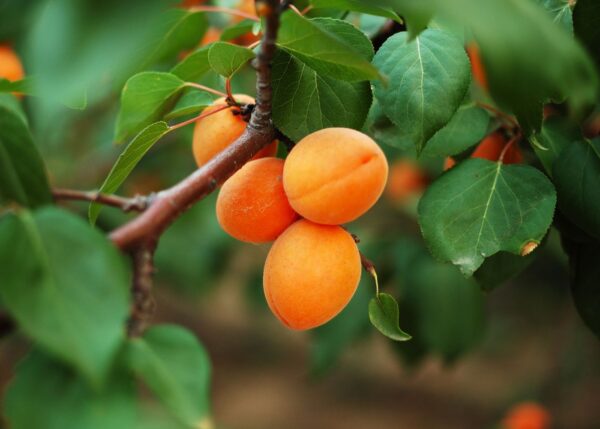The best time to fertilize fruit trees is in the spring. Early spring, in particular, is a great time to apply a balanced organic fertilizer. Avoid fertilizing fruit trees in the late summer and early fall.
Seasonal considerations for annual spring fruit tree feeding
Feeding your fruit trees with fertilizer is key to springtime fruit tree maintenance. Fruit trees require a whole host of different nutrients to be healthy and produce fruit.
Spring is the best time for fertilizing fruit trees because spring is when trees need plenty of energy to push out new leaves and nurture baby fruit. Feed the trees before they break from dormancy, during bud break, or during the growing season. June is really the last reasonable month to apply fertilizer. If it’s July or August already – you’re too late – wait for next spring.
Early springtime is the perfect time to feed fruit trees with fertilizer. An early spring feeding will ensure that the trees have adequate nutrients available as they break from winter dormancy and begin to grow blossoms and leaves.
Fruit trees can be given a spring feeding while it still feels like wintertime, or they can be fed up to the point where they’ve blossomed and are starting to grow their green leaves. I prefer to apply organic fertilizer just before my fruit trees wake up from winter dormancy. I don’t get there in time every year, but my trees don’t seem to mind!
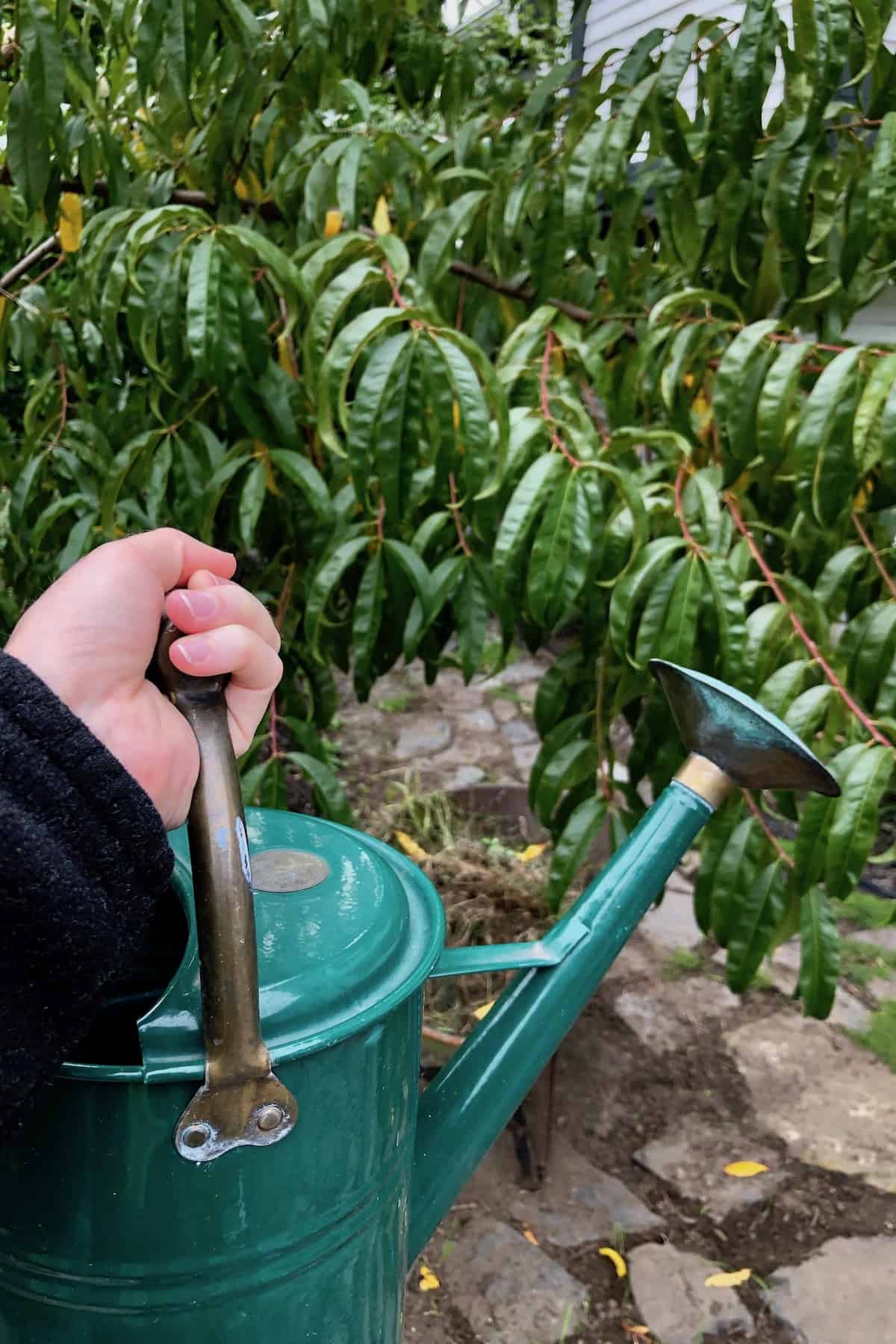
Do you fertilize fruit trees in the fall?
Fertilizing home fruit trees in the fall is discouraged. Most fruit tree owners stop any type of feeding in the late fall and early winter. Fertilizing fruit trees encourages growth, which is the opposite of what we want the trees to be doing in the fall! Fruit trees should be closing shop for the winter.
In the fall, trees should be getting ready for the upcoming cold weather, not focusing on growing new branches and leaves. Any branches and leaves that grow in the fall may still be quite tender when cold weather hits, leaving them susceptible to winter damage.
Stop feeding trees in the fall and let the trees calmly enter winter dormancy. Step away from the fertilizer…Don’t encourage growth! Would you give a toddler sugar at bedtime?
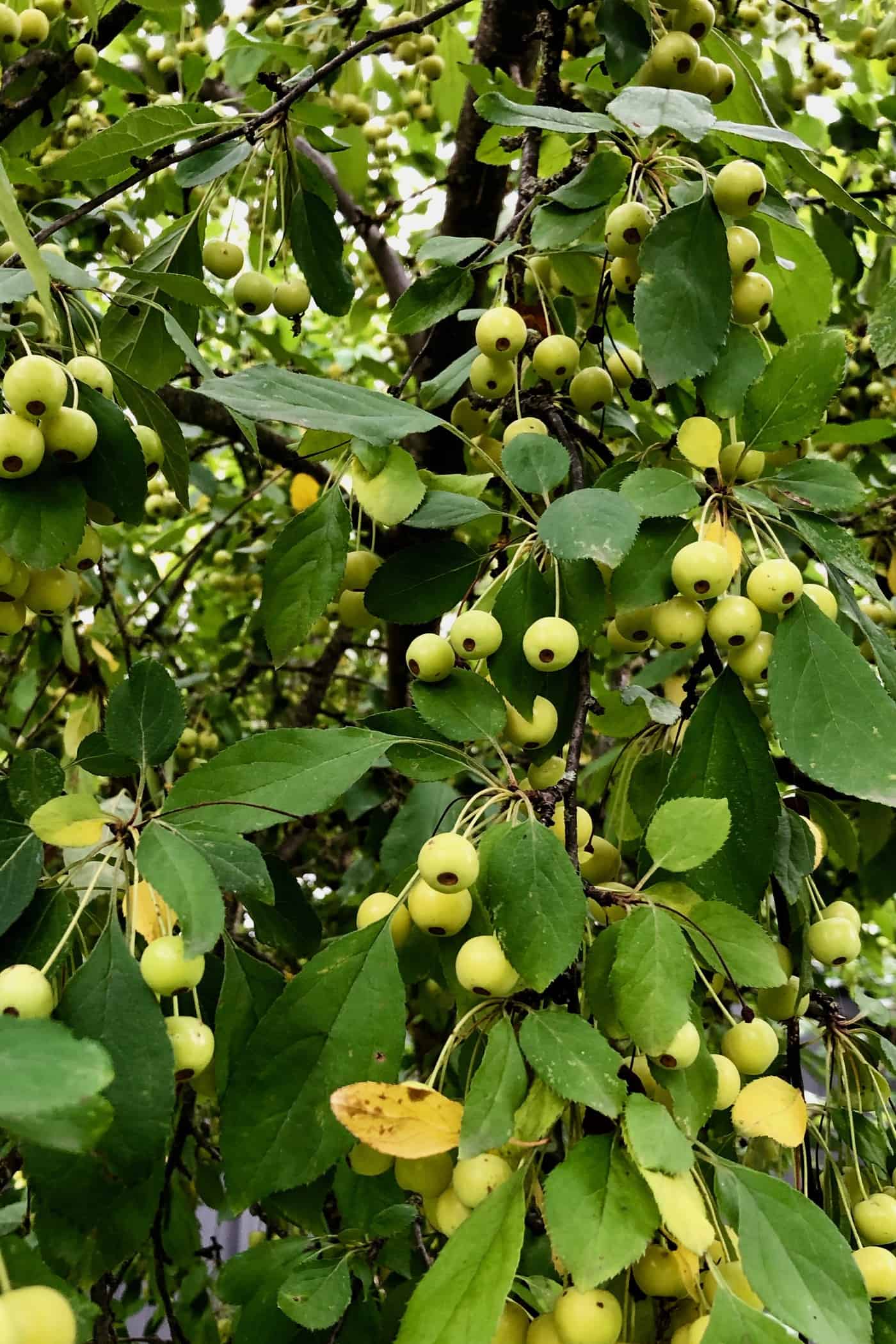
Fertilizer for fruit trees
Now that there’s no rush on fall fruit-tree feeding, there’s time to prepare for a well-planned spring feeding. So what kind of fertilizer is good for fruit trees? Balanced organic fertilizers with a reasonable amount of nitrogen are best for fruit trees.
Soybean meal is a very popular option as it provides adequate nitrogen without the burn of chemical fertilizer. Too much nitrogen in fertilizer can make branches and leaves grow so vigorously that the fruit itself suffers. There are also specialized fruit tree fertilizers which are great if you aren’t fertilizing an entire orchard.
Always remember that it’s better to underfeed than overfeed, even with organic fertilizers. Your local ecosystem will thank you, and you’ll be less likely to get a tree with lots of new shoots that are more susceptible to damage down the road.
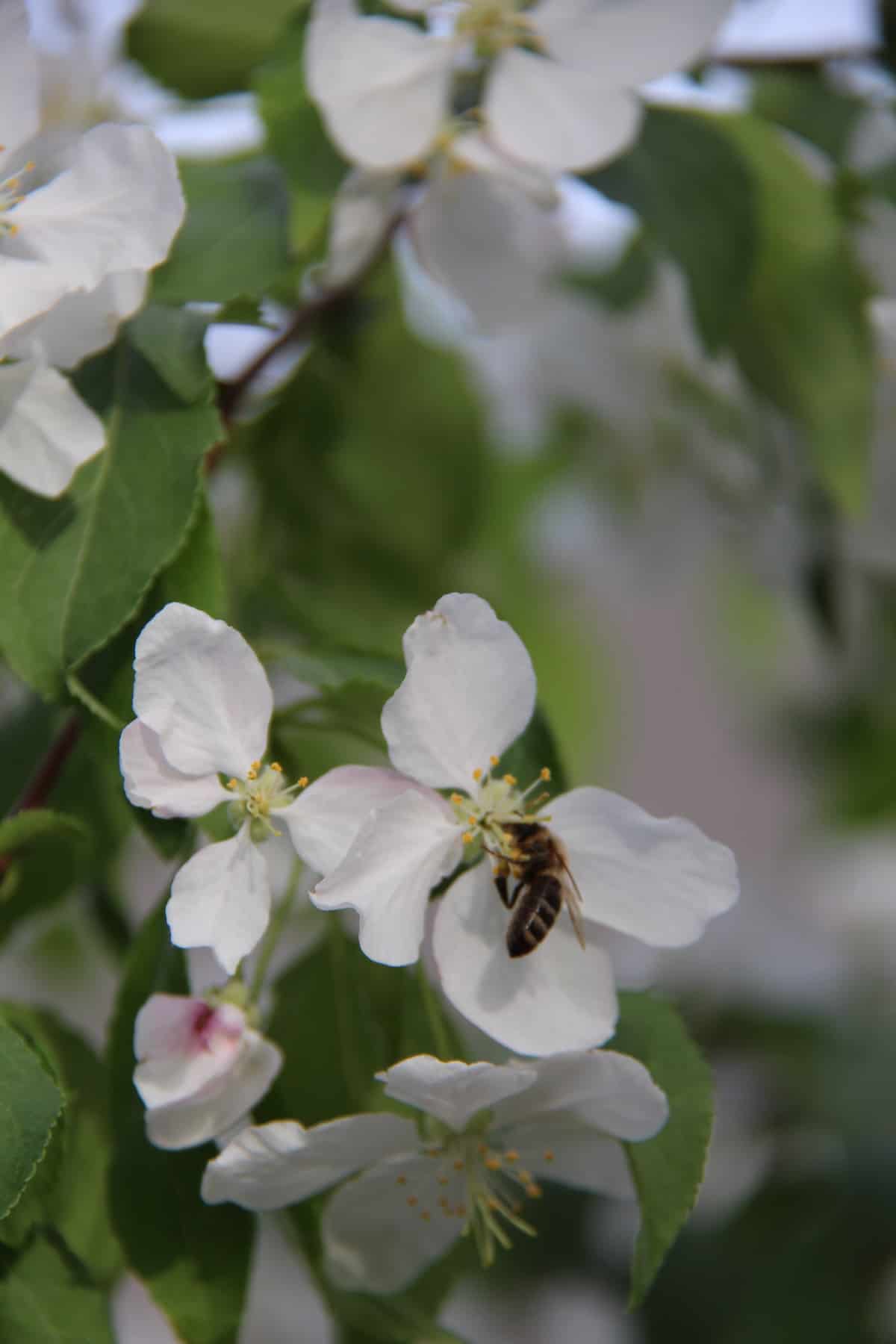
Can you fertilize a fruit tree too often?
It is completely possible to fertilize a fruit tree too often. Fruit trees don’t require constant feeding. Once a year, in the spring, should be more than enough.
If you’re thinking about a second feeding, do a soil analysis first to make sure your fruit tree really does need a bit of a nutrient boost of some kind. Without a soil test, you’re pretty much flying blind.
Over-fertilizing can actually be bad for the environment. The excess fertilizer can enter groundwater and natural streams and mess with the balanced ecosystem. Basically…fertilizer can be a pollutant. That’s bad. Plus, it’s bad for your wallet. Don’t over-fertilize.
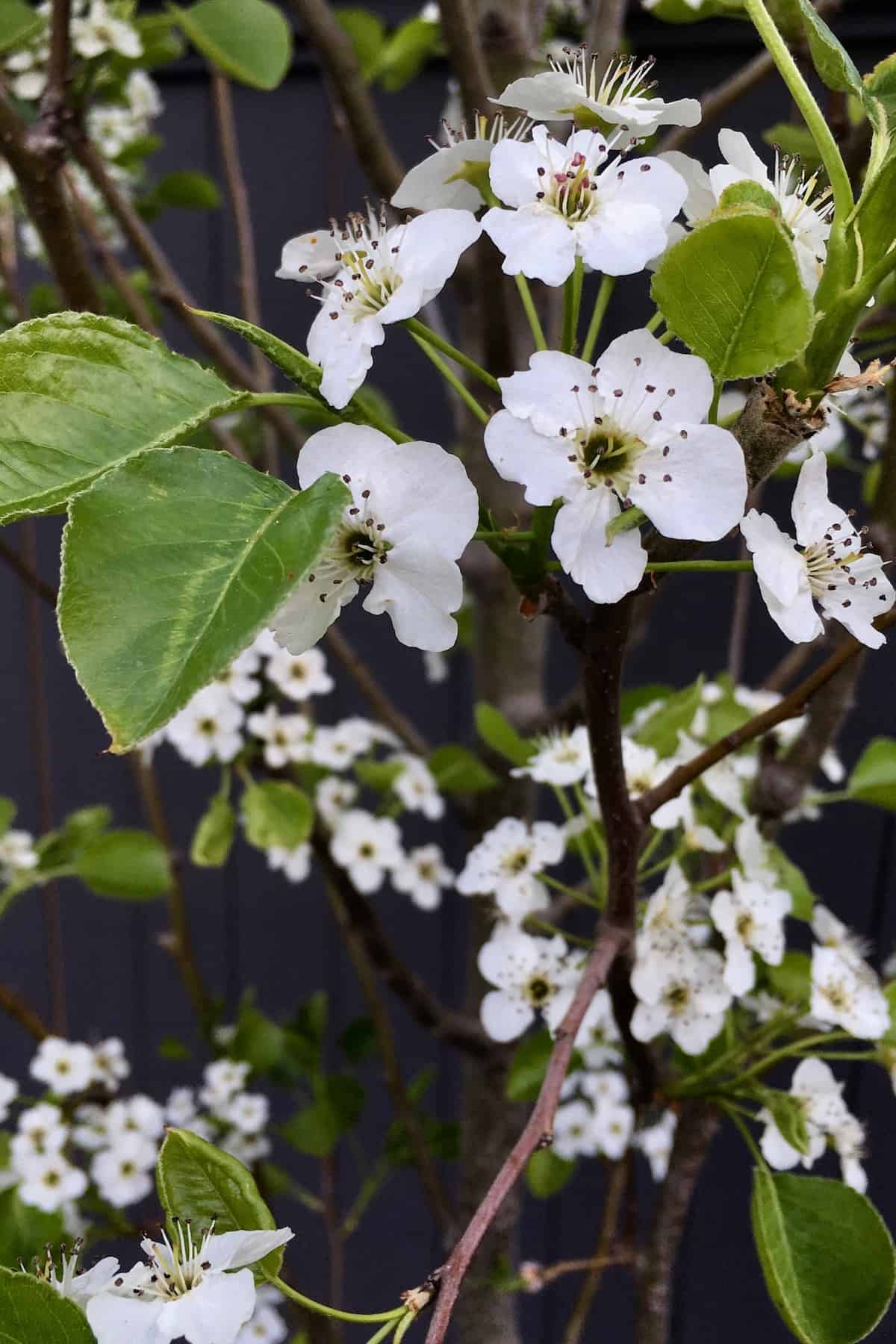
Guidelines for fertilizing new fruit trees
So how do you fertilize a new fruit tree? Honestly, I wouldn’t fertilize a new fruit tree. It doesn’t need the distraction. It’s better to let the plant get used to its new environment and become established. Keep your time and effort keeping the soil moist rather than focusing on fertilizer.
My preferred schedule is to plant a new fruit tree in early fall. Fall is nice because the heat of summer is gone but there’s still time for the roots to grow and establish. Then I feed the tree with a top dressing of compost in the early spring. I do fertilize the existing trees in our yard that grow decent crops of fruit, but I skip the new baby fruit trees for a couple of years.
If you’re planting a bare-root tree, it will be delivered during dormancy. Let it come out of dormancy and get its bearings. Keep the soil moist and observe the tree regularly. It may be ready for feeding in a year or two, but it also might thrive on its own. If you’re super-eager to feed your tree, consider a light top-dressing of homemade leaf compost instead of a store-bought fertilizer.
